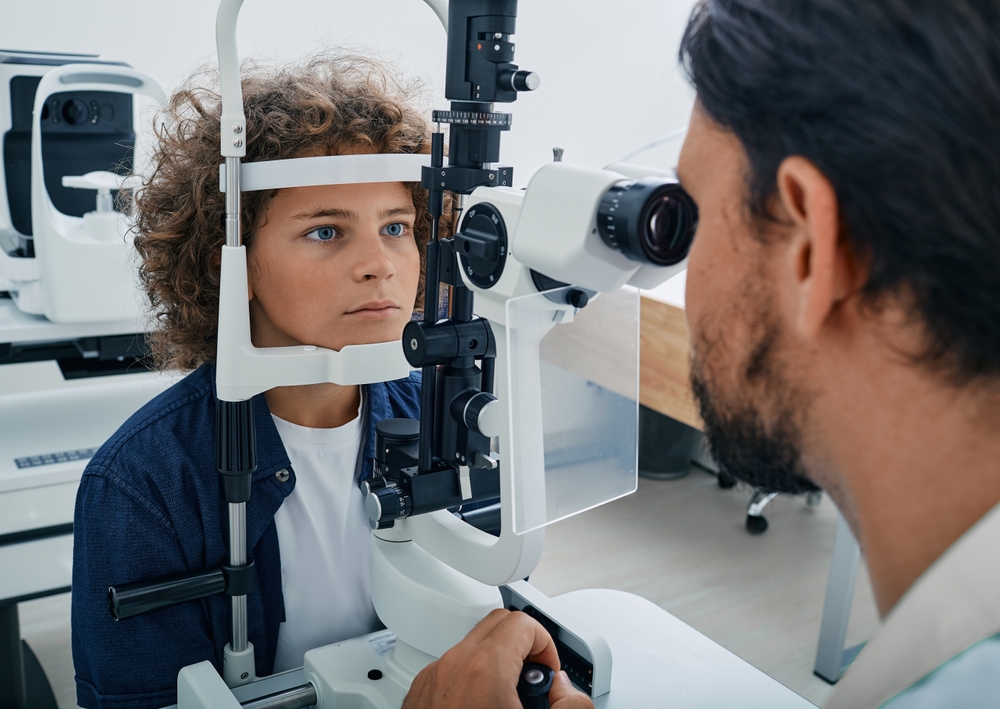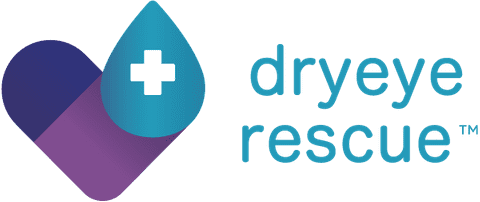
Eye health is critical to having a good quality of life. One of the ways to keep up your eye health is through regular eye exams. Several types of eye exams are available; one of the best is a comprehensive eye exam. Comprehensive eye exams performed by experienced professionals tell about your eye health and give a peek into your overall health.
So, what should you expect during one of these exams?
What Is a Comprehensive Eye Exam?
A comprehensive eye exam is a series of unique and specific tests that allow the eye doctor to examine and test your vision. Each test gives insight into a particular aspect of your vision. Because each test examines a different aspect, the tools the eye doctor will use for each test are different. In some, they will shine a light in your eyes; others involve you focusing on objects or charts.
What Should You Expect in a Comprehensive Eye Exam?
Here are some tests you should expect your eye doctor to conduct during one of these exams.
Medical History
One of the first things that an eye doctor will ask of you during a comprehensive eye exam is your medical history. Your medical history helps the eye doctor determine whether there is anything that may cause vision issues. From the information, they can determine which specific test to use or if they will need any specialized tests. It is also an excellent way for them to gauge what to expect in your results.
Visual Acuity Test
The visual acuity test is one of the most common—and usually the first—tests the eye doctor performs. It aims to tell how well you can see and how sharp your vision is. The test usually focuses on near vision and distant vision. The near vision acuity tests utilize a small handheld chart, while distant visual acuity uses a projected chart.
Color Blindness Test
Another common test is the color blindness test, which checks for color vision capability. The first intent of the test is to rule out any color vision deficiencies. Another reason for this test is to check for underlying conditions that usually affect color vision.
Eye Alignment
Another common test included in a comprehensive eye exam is the cover test, which measures eye alignment. It is a simple test that involves the eye doctor covering your eyes alternately as you focus on a moving object. The moving object is first placed at a distance and then placed near. It is a test that helps the eye doctor determine whether you have a condition like strabismus or amblyopia.
Stereopsis Test
Stereopsis or depth perception is a visual skill that involves eye teaming to navigate the 3D world. A standard stereopsis test involves wearing 3D glasses and looking through some test patterns in a booklet. The patterns all have four small circles, and you are supposed to say which of them is closest to you.
Slit-lamp Test
Another test the eye doctor may perform is the slit-lamp test. It uses a specialized device that helps the eye doctor examine your eye's interior structures. The test detects cataracts, diabetic retinopathy, corneal ulcers, and macular degeneration.
To learn more about comprehensive eye exams, call Westchester Eye Care Center at (310) 670-1888 to reach our office in Los Angeles, California.












